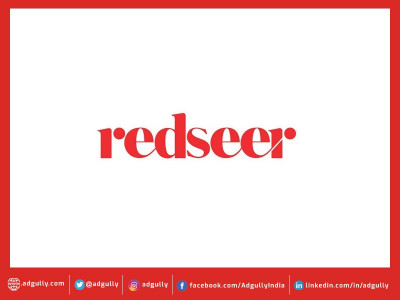India’s Internet Economy is poised to become $1 trillion by 2030: RedSeer
According to the findings of RedSeer, it has been estimated that India’s Internet Economy is surging ahead with >50% y-o-y growth in 2021, and is poised to be a staggering $1 trillion economy by 2030.
This healthy expansion is being fueled by a rapidly increasing internet penetration rate, high-speed internet access, and increased online shopping and digital content consumption.
India’s population is extremely heterogeneous, and the needs of one segment in the population may differ from that of the other segments. With this being the case, the report plunged into India’s digital consumer base which can be broadly segmented into below 3 cohorts:
- The first is the quasi first-world of 80-100 million, who draw an annual income of >$12,000, live typically in metropolitan areas, and expect high-quality services. Several players have successfully adapted global models to serve this Indian cohort.
- The second cohort includes those who essentially draw an annual income of $5,000 to $12,000, and are aspirational and budget conscious. The estimated digital population of this segment is 100-200 million.
- Finally, we have 400-500 million of the populace that includes the rural segment and Tier-2 cities, who primarily draw an annual income <$5,000, and is perhaps the most difficult cohort to reach, and need digital intervention to help them solve their problems. This is perhaps the most important demographic to reach in the digital space. The need of the hour here is deep vertical problem solving.
As per RedSeer’s report, vernacular first-apps are increasingly solving for the third cohort, and are able to address a large TAM for themselves. Additionally, omnichannel approaches and verticalized super apps are being deployed to further win over and serve the needs of this audience.
India’s new digital revolution is further enabled by the growing tech adoption in the B2B space. The SaaS market size, which stood at ~$3.5 billion in FY21, is expected to reach ~$8 billion by FY26, with a CAGR of 18%. Tech firms are moving towards profit or are already profitable, with a ~$150-200 million profit by India internet in FY21.
Key Internet economies, namely e-tail, eHealth, FoodTech, Online Mobility, and Billpay and Recharge experienced a downward spiral during COVID, but re-emerged much stronger and shocked us with commendable post-COVID recovery. An expanding and maturing user base which is increasingly satisfied with internet services has further propelled the growth of internet-based businesses.
Another major contributor to this development is an increasingly reliable and democratized logistic backbone. Logistics used to be the domain of large, established companies with deep pockets and complex supply chains. But today, a new class of logistics provider is emerging – a crop of nimble, innovative startups that are improving the way goods move across the country at an unprecedented pace and scale. Headquartered around the country, these companies use an assortment of technology and human intermediaries to provide reliable and on-demand delivery services at a fraction of the cost traditional logistics providers were charging.
Investors are recognising India’s golden opportunity without a second thought. In just 2021, more than $40 billion of funding and 42 new Unicorns were birthed. This is primarily because the country’s economy is becoming more skill-based and services-oriented, so more jobs are being created for skilled workers, which in turn is a major draw for investors. Further, we expect another ~70+ tech IPOs by 2025: this surge in tech IPOs is fueled by accelerated digitization, government initiatives for startups, increasing local investors with high equity, and private equity funding in tech companies.
During a recently conducted event by RedSeer, Ground Zero 6.0, CEO and founder of RedSeer, Anil Kumar, stated that “India’s journey to a $1 trillion consumer Internet Economy has been a unique story of multiple internet sectors such as e-tailing, e-Health, FoodTech, Online Mobility, and Quick Commerce, coming together to create a strong foundation for a consumption-led economy”. He further said, “The ongoing journey from digital-first to digital forward was a result of multiple internet sectors having shown strong momentum post COVID.”






Share
Facebook
YouTube
Tweet
Twitter
LinkedIn